Performance skills
Approaching a script
When working with a script, look carefully at the setting, stage directions and dialogue. Researching the roles and the play's background helps you understand the playwright's intentions.
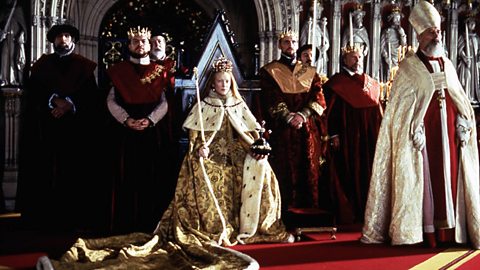
Using the space
The shape and nature of different performance spaces and stages affect the way that plays are staged and performed. Think carefully about the audience experience and what they see.

Using your body
The way that you move on stage plays a key part in mime, dance and Physical theatre. It can also express a character's feelings, age and gender. Wearing period costume affects movement too.
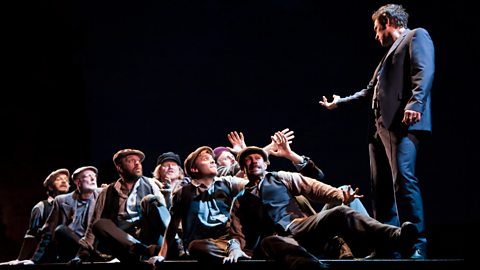
Using your voice
You need to consider the vocal elements at your disposal. Think about your character's accent and register, and the type of performance required. You can practise your articulation and breathing.
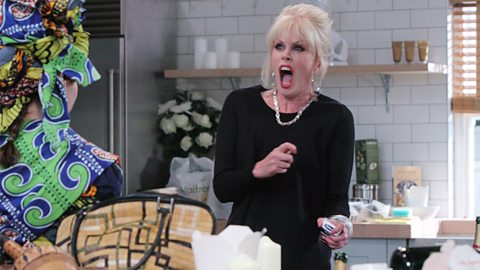
- 2 videos

Scripts as a stimulus
Creating and staging a devised performance
When you stage a performance, identify the purpose of your work and the target audience. Choose a suitable style and stage layout. Remember that rehearsals allow you to fine tune your piece.

Developing characters
When you're developing a character, consider their voice, movement, body language and mannerisms. Discover their motivation and objectives, and research social, cultural and historical contexts.
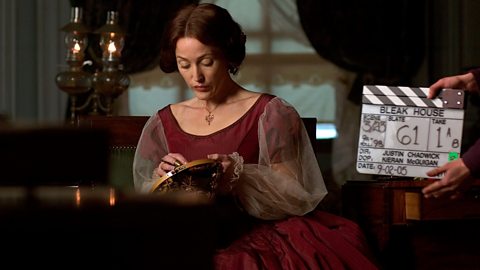
Drama elements
The elements of drama are the ingredients that give the work its shape and character. As well as characters, plot and action, consider which dramatic forms and dramatic coventions to use.

Explorative strategies
Explorative strategies are techniques that you can use to gain a deeper understanding of characters, to explore scenes and to experiment with characterisation.
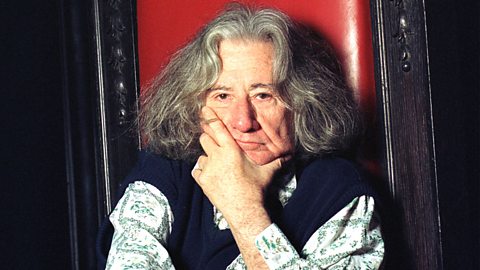
Improvisation
Improvising is inventing and creating content spontaneously. It's a great way to generate new ideas and for creating and developing characters, using a variety of useful techniques.

Interpreting and staging a scene
There are many things that you need to consider in order to present your drama successfully. Think about the aim of your piece, the type of stage you're using and the style of your work.

Responding to a stimulus
There are many ways of finding ideas for creating drama. You can use scripts, themes and characters from exisiting plays or use other stimuli such as music, poetry and artefacts.
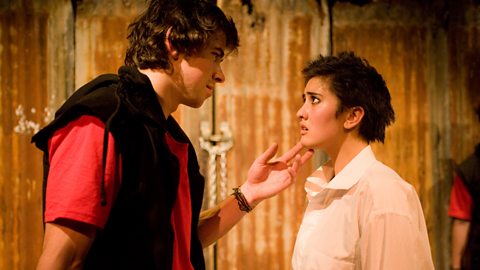
Script and improvisation
Spontaneous and rehearsed improvisation can be used to generate new content. Exploring themes in a play and experimenting with styles and status are useful when creating new scripts and characters.
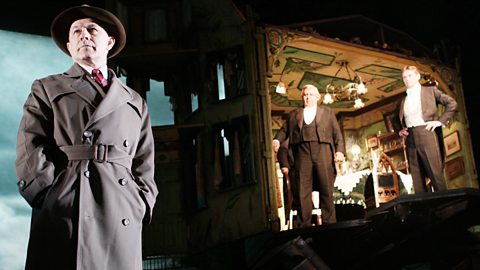
Structure of a play
The structure of a play is the order in which action and scenes are placed. Stories can have either a linear or a non-linear structure. Dramatic tension can be an effective device in storytelling.

Styles, genres and practitioners
Epic theatre and Brecht
German playwright, Bertolt Brecht's ideas are very influential. He wanted to make the audience think, and used a range of devices to remind them that they were watching theatre and not real life.
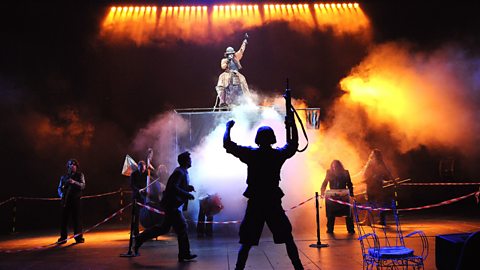
Musical theatre
Musical theatre uses song, dance and dialogue to tell a story. The very popular genre's roots go back centuries and there are specialized roles involved in putting on a production of a modern musical.
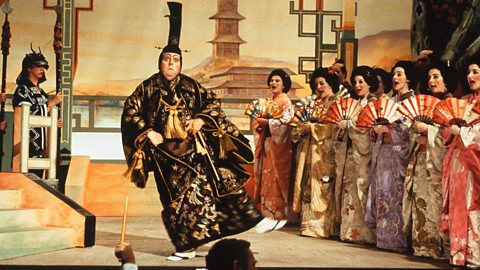
Naturalism and Stanislavski
Russian practitioner, Konstantin Stanislavski's ideas are very influential. He believed in naturalistic performances that were as realistic as possible, and invented techniques that you can use.

Physical theatre
Physical theatre shows that you don't have to use words to express ideas. It uses techniques such as movement, mime, gesture and dance and can be used to explore complex social and cultural issues.
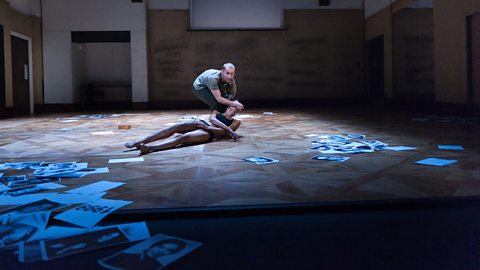
Theatre in education
Theatre in education is used to encourage effective learning in schools. It calls for careful consideration of the audience's age and requirements in order to engage them and get the message across.
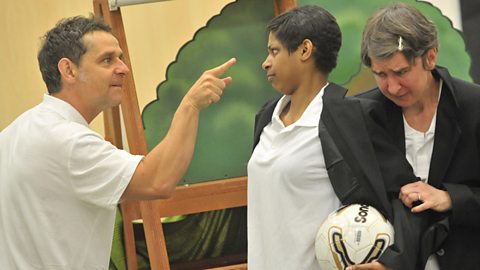
Theatre design
Drama medium
There's a lot to think about when you're planning to stage a drama. You'll need to combine a range of elements that are appropriate to your project, such as costume, language, sound and music.
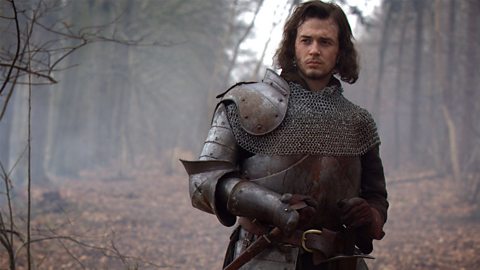
Theatre design
The design of the set, lighting, music, sound and costumes, and the way digital technology is used all contribute to the audience's experience. There are a range of roles within theatre design.
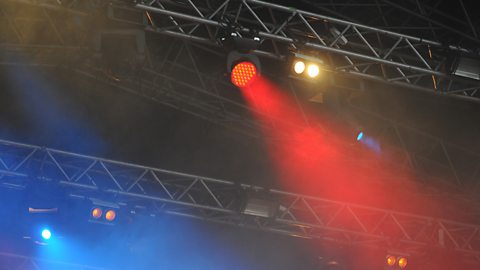
Writing about drama and theatre
Describing body language
Body language reveals a lot about what a person is really thinking. Non-verbal communication such as facial expressions, gestures and movement are therefore powerful tools for actors.

Describing costume
Choosing the correct costumes for characters is vital in both period and modern plays. They must be appropriate to the time and culture in which a drama is set and to the status of the characters.

Describing facial expressions
Facial expressions can tell us a lot about characters, situations and subtext. It's important that you learn what they reveal about emotions and moods, and how to create and describe them.
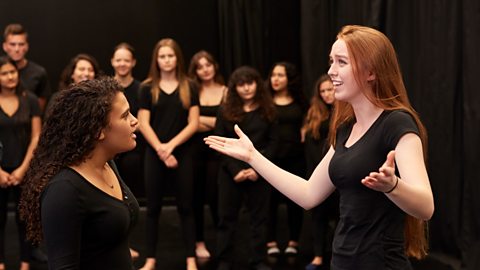
Describing voice
The voice is a powerful tool in drama. When you describe vocal work, consider elements such as pitch, pace, projection and intonation. Characters should always use a suitable language register.

The world of the play
The world of the play is its cultural and historical context as well as the characters' situation and relationships. Old plays can be reinterpreted and their time and setting changed.
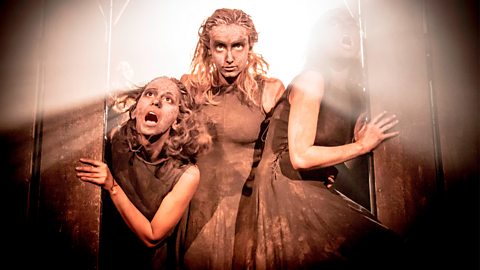
Writing about and evaluating theatre
When you're writing a review or an evaluation, don't just consider the acting and performance. Pay attention to the set, costumes, lighting and sound - and always justify your opinions.

Links
- External linkExternal link
- External linkExternal link
- SubscriptionSubscription